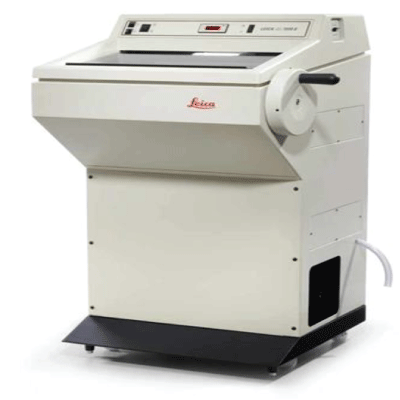Cytopathology department
The Cytopathology Department in a laboratory specializes in the examination of cells for the diagnosis of diseases, particularly cancer. Here’s an overview of what you might find in a typical Cytopathology Department:
Fine Needle Aspiration (FNA) Biopsy: Cytopathology’s often perform and interpret fine needle aspiration biopsies, a minimally invasive procedure used to sample cells from suspicious lesions or masses. These samples are then examined under a microscope to diagnose or rule out cancer and other diseases.
Pap Smears: One of the most common tests performed in cytopathology is the Pap smear, which is used to screen for cervical cancer and detect precancerous changes in cervical cells. Cytopathology’s evaluate Pap smear slides to identify abnormal cell morphology and recommend further diagnostic or therapeutic interventions as needed.
Body Fluid Analysis: Cytopathology laboratories analyze various body fluids, including pleural fluid, ascitic fluid, cerebrospinal fluid, and urine, to detect cancer cells, infectious agents, and other abnormal cell types. This can aid in the diagnosis and management of conditions such as malignancies, infections, and inflammatory disorders.
Exfoliative Cytology: Exfoliative cytology involves the examination of cells shed from the surface of tissues or organs, such as the respiratory tract, gastrointestinal tract, and genitourinary system. Cytopathology’s analyze these cells to diagnose conditions such as lung cancer, gastrointestinal malignancies, and urinary tract infections.

Liquid-Based Cytology: Some cytopathology laboratories use liquid-based cytology techniques, which involve suspending cells collected from a specimen (e.g., cervical or respiratory samples) in a liquid medium before slide preparation. This method can improve sample adequacy and reduce the need for repeat testing.
Immunocytochemistry: Immunocytochemistry is a technique used to detect specific proteins or antigens in cells using antibodies labeled with fluorescent or chromogenic markers. Cytopathology’s may utilize immunocytochemistry to characterize cell types, differentiate between benign and malignant lesions, and guide treatment decisions.
Molecular Testing: Molecular testing techniques, such as fluorescence in situ hybridization (FISH), polymerase chain reaction (PCR), and next-generation sequencing (NGS), may be employed in cytopathology to identify genetic mutations, chromosomal abnormalities, and infectious agents associated with cancer and other diseases.
Tele cytopathology: Tele cytopathology allows cytopathology’s to remotely review and interpret cytology slides using digital imaging technology. This enables consultation with colleagues, rapid second opinions, and access to expertise beyond the local laboratory.
Quality Assurance: Cytopathology laboratories adhere to rigorous quality assurance standards to ensure the accuracy and reliability of diagnostic interpretations. This includes ongoing training and competency assessment for laboratory personnel, participation in proficiency testing programs, and regular review of diagnostic discrepancies.
Overall, the Cytopathology Department plays a vital role in the early detection, diagnosis, and management of diseases through the examination of cellular specimens, contributing to improved patient outcomes and quality of care.











